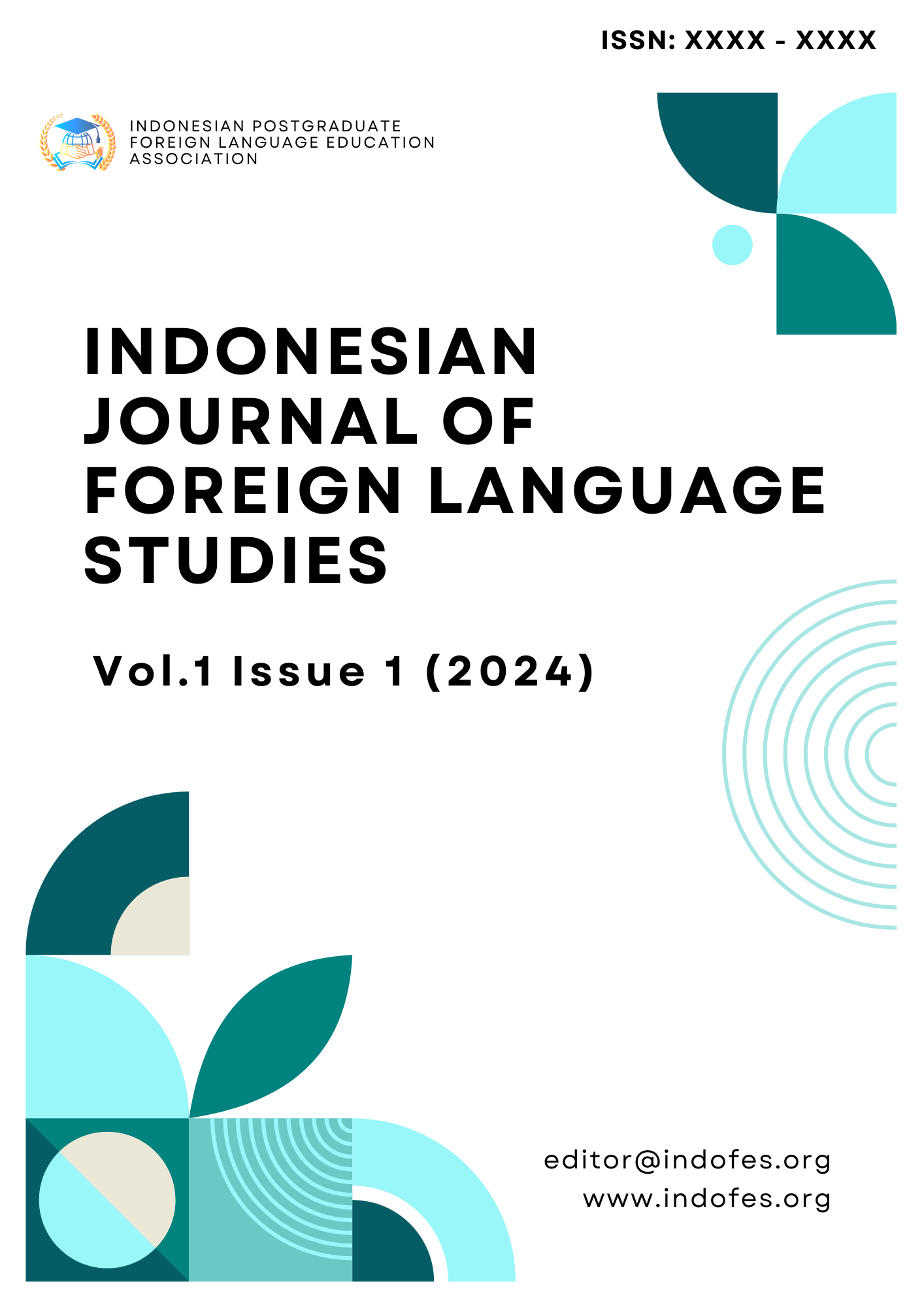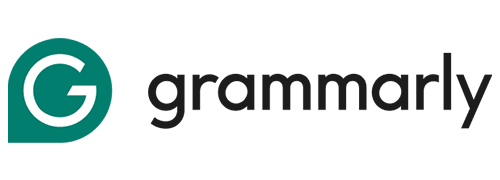Utilizing Authentic Materials to Improve Listening and Speaking Skills: A Narrative Inquiry
Keywords:
Authentic materials, Narrative inquiry, EFL learningAbstract
Authentic materials could encourage English learners to improve their listening and speaking skills in a real-life context. This study aims to investigate how the researcher could improve her listening and speaking skills by utilizing authentic material. Self-reflection narrative inquiry is employed to show the process of self-studying the researcher’s listening and speaking skills throughout the years. The finding shows that authentic materials showed significant results in improving the researcher's speaking skills. This study suggested that adopting authentic materials such as video games, YouTube videos, and movies is effective in improving one’s listening and speaking skills, and when the knowledge is applied frequently. Further studies on authentic materials from different data sources are suggested.
References
Alfonso Vargas, A. J., & Romero Molina, P. X. (2023). Authentic materials and task design: A teaching amalgam. Colombian Applied Linguistics Journal, 25(1), 118-131. https://doi.org/10.14483/22487085.18581
Castillo Losada, C. A., Insuasty, E. A., & Jaime Osorio, M. F. (2017). The impact of authentic materials and tasks on students’ communicative competence at a Colombian language school. PROFILE Issues in Teachers' Professional Development, 19(1), 89. https://doi.org/10.15446/profile.v19n1.56763
Clandinin, D. J. (2006). Narrative inquiry: A methodology for studying lived experience. Research Studies in Music Education, 27(1), 44-54. https://doi.org/10.1177/1321103x060270010301
Common European Framework of Reference for Languages: Learning, Teaching, Assessment. (2018). Education Department of Council of Europe.
DeLong, K. (2014). Using Narrative Inquiry to Collect Research Data on Life Experiences. Proceedings of the Annual Conference of CAIS Actes Du congrès Annuel De l’ACSI. https://doi.org/10.29173/cais708
Dewi, R. C. (2018). Utilizing authentic materials on students’ listening comprehension: Does it have any influence? Advances in Language and Literary Studies, 9(1), 70. https://doi.org/10.7575/aiac.alls.v.9n.1p.70
Hartatik, S. F., & Rahmah, T. H. (2016). Investigating the students’ views on the authentic materials used in basic speaking class. IJELTAL (Indonesian Journal of English Language Teaching and Applied Linguistics), 1(1), 1. https://doi.org/10.21093/ijeltal.v1i1.4
Huda, M. (2017). The use of authentic materials in teaching English: Indonesia teachers’ perspective in EFL classes. PEOPLE: International Journal of Social Sciences, 3(2), 1907-1927. https://doi.org/10.20319/pijss.2017.32.19071927
Jimmi, J., Kusuma, P. H., & Yastanti, U. (2024). Enhancing listening skill through narrative text in video games. Language Circle: Journal of Language and Literature, 18(2), 349-355. https://doi.org/10.15294/lc.v18i2.50288
Maley, A., & Tomlinson, B. (2017). Authenticity in materials development for language learning. Cambridge Scholars Publishing.
Mandasari, B. (2016). An analysis of teachers’ beliefs toward authentic materials in teaching listening. TEKNOSASTIK, 14(1), 19. https://doi.org/10.33365/ts.v14i1.82
Mirqodirova, Z. S. qizi . (2024). Use of authentic materials in language classes. GOLDEN BRAIN, 2(7), 197–200. https://doi.org/10.5281/zenodo.10802182
Nuriyah, R. R., Sisfiamuhsha, A. T., Marja Aulia, I. M., & Fahriany. (2024). Students' perception of the Genshin impact game in their vocabulary mastery and 21st-Century skills. Jurnal Onoma: Pendidikan, Bahasa, dan Sastra, 10(1), 970-976. https://doi.org/10.30605/onoma.v10i1.3278
Pemberton, I. (2024). Communicative Language Teaching. In: Usage-Based Second Language Instruction. Palgrave Macmillan, Cham. https://doi.org/10.1007/978-3-031-53414-0_5
Romero-Molina, P. X. & Alfonso-Vargas, J. (2023). Authentic Materials and Task Design: A Teaching Amalgam for Listening. Colomb. Appl. Linguistic. J., 25(1), pp. 118-131. https://doi.org/10.14483/22487085.18581
Sahboun, Y. ., Razak, N. A. ., & Wahi, W. . (2024). Authentic Materials In Enhancing Libyan EFL Students Speaking Skills. Migration Letters, 21(S7), 1016–1026. Retrieved from https://migrationletters.com/index.php/ml/article/view/8879
Tomlinson, B. (2012). Materials development for language learning and teaching. Language Teaching, 45(2), 143-179. https://doi.org/10.1017/s0261444811000528
Peker, B. G., & Acar, A. (2024). Developing and designing materials for English language teaching and learning. Cambridge Scholars Publishing.
Siregar, W. H. (2024). The effectiveness of English songs from YouTube To improve listening ability of eight students Of MTs Muhammadiyah 8 Siabu. JURNAL ALFA: Penelitian, Pendidikan, dan Bahasa, 2(1), 21-28. https://jurnal.alfa-pustaka.id/index.php/jap2b/article/view/10
Tomlinson, B. (2011). Materials Development in Language Teaching. United Kingdom: Cambridge University Press.
Toshnazarovna, E. M., & Shakhobiddinovich, R. N. (2024). The role of authentic materials in language teaching. (2024). In INTELLECTUAL EDUCATION TECHNOLOGICAL SOLUTIONS AND INNOVATIVE DIGITAL TOOLS (pp. 233-237). International scientific-online conference.
Winaldo, M. D., & Oktaviani, L. (2022). Influence of video games on the acquisition of the English language. Journal of English Language Teaching and Learning, 3(2), 21-26. https://doi.org/10.33365/jeltl.v3i2.1953
Downloads
Published
How to Cite
Issue
Section
License
Copyright (c) 2024 Author

This work is licensed under a Creative Commons Attribution-ShareAlike 4.0 International License.
You are free to:
- Share — copy and redistribute the material in any medium or format for any purpose, even commercially.
- Adapt — remix, transform, and build upon the material for any purpose, even commercially.
- The licensor cannot revoke these freedoms as long as you follow the license terms.
Under the following terms:
- Attribution — You must give appropriate credit , provide a link to the license, and indicate if changes were made . You may do so in any reasonable manner, but not in any way that suggests the licensor endorses you or your use.
- ShareAlike — If you remix, transform, or build upon the material, you must distribute your contributions under the same license as the original.
- No additional restrictions — You may not apply legal terms or technological measures that legally restrict others from doing anything the license permits.
Notices:
You do not have to comply with the license for elements of the material in the public domain or where your use is permitted by an applicable exception or limitation .
No warranties are given. The license may not give you all of the permissions necessary for your intended use. For example, other rights such as publicity, privacy, or moral rights may limit how you use the material.









